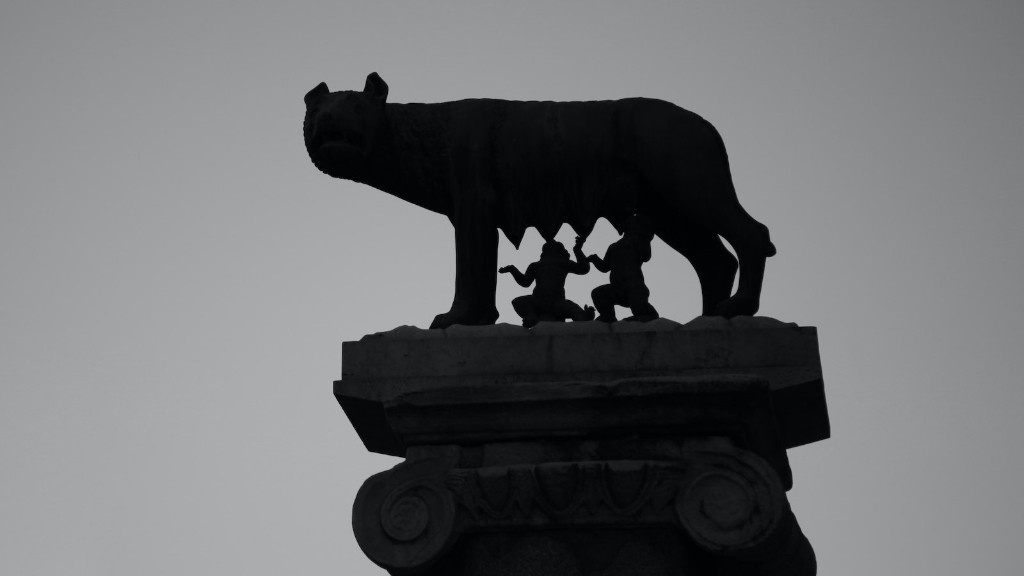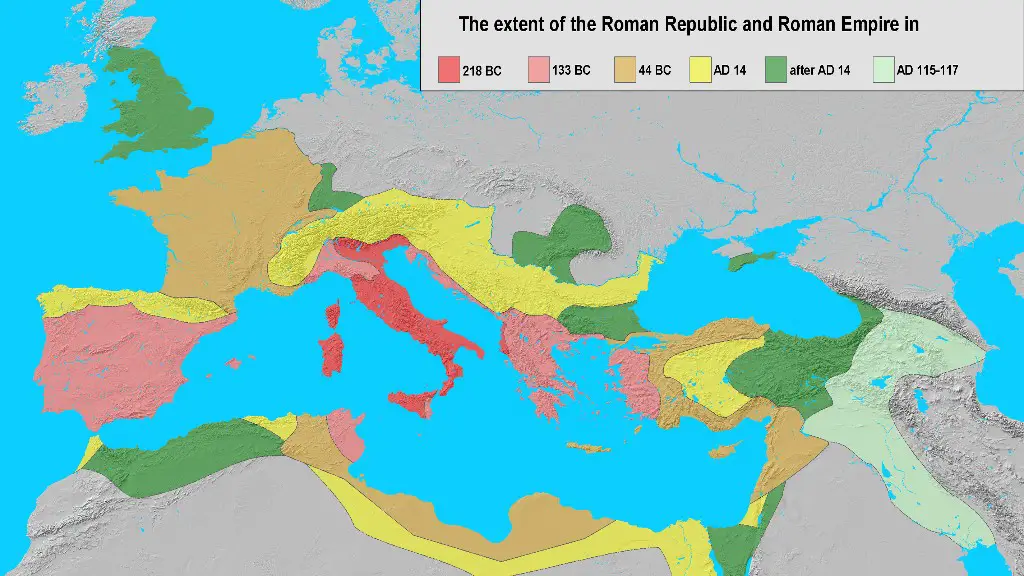Bread
Ancient Romans typically ate three meals a day, known as jentaculum (breakfast),prandium (lunch), and cena (dinner). Bread was a central part of their diet, and everything else was eaten with it. Roman author Apicius declared that “bread is the basis of every dish.” It was so common that it was often given as a salary for lower-ranking workers.
Bakers created a wide variety of breads, ranging from flatbreads like focaccia to light and fluffy loaves like crescences. Bread was eaten plain or with other ingredients like cheese, honey, eggs, olives, or fruit. Historians agree that Early Roman bread was not leavened, or only mildly so, while their later bread was leavened with sourdough.
Fruits and Vegetables
Fruits and vegetables formed a large part of the Roman diet. People ate wild apples, pears, nuts, and grapes, as well as the cultivated varieties. Other commonly eaten vegetables included lettuce, celery, onions, garlic, artichokes, and asparagus.
When available, some people would eat salads as a part of their main meal, while others would eat them as a starter or appetizer. Tomatoes were not a part of the ancient Roman cuisine. The first mention of tomatoes in the region was in the sixteenth century, long after the height of the Roman Empire.
Meats
Meats were a staple of the ancient Roman diet. People typically ate poultry, pork, and beef, along with other meats like deer and boar. Ancient Romans also consumed more exotic meats, such as ostrich, flamingo, and hare.
Meat dishes were usually stewed, roasted, or boiled. There were also popular dishes like roasted boar, stuffed partridge, and sausages. In Ancient Rome, it was common to reserve the best cuts of meat for the more affluent classes.
Fish and Seafood
Fish played an important part in the Roman diet, particularly in coastal areas. Romans enjoyed fish and seafood like squid, crab, oysters, and mussels. Fish was either roasted, boiled, pickled, or smoked. Salted fish was also a favorite.
Pilchards caught in the Mediterranean Sea were popular in Roman cuisine, especially among the lower classes. These fish were often eaten with onions and served as a cheap source of protein.
Foods From Foreign Lands
As the Roman Empire expanded, so did its cuisine. Rome began to import foods and ingredients from foreign lands, including pepper, peas, garlic, and almonds. Jewish immigrants introduced their own flavorings and sauces like harissa, which is still eaten in Italy today.
The Romans also imported luxury foods such as shellfish, wild boar, truffles, and peacocks. These types of food were usually only consumed by the upper classes. Spices, such as pepper and saffron, were also consumed by the wealthy.
Feasts and Celebrations
Special meals and feasts were a regular part of the Roman calendar. During festivals such as Saturnalia, public banquets would be held for all citizens. Elite Romans often hosted elaborate feasts in their homes.
These feasts would usually start with hors d’oeuvres, served on silver platters with a selection of sauces. Then, guests would enjoy a range of dishes like roast pigs, spiced desserts, and wine served in precious goblets.
Drinks
Wine was a main source of liquid refreshment in Ancient Rome. People would drink it with every meal, or they could even enjoy their own private supply. Soft drinks were not available in Roman times, but people enjoyed a variety of flavored wines and beers.
Historians believe that Romans also drank mead and infused honey with herbs and flowers for its refreshing taste. Water was usually boiled and flavored with herbs for added taste.
Herbs and Spices
Herbs and spices played an important role in Roman cuisine. These included pepper, cumin, coriander, dill, and oregano, as well as other seasonings like honey, nutmeg, and cinnamon. Saffron, though expensive, was highly sought after for its distinctive flavour and aroma.
Many recipes called for the use of a particular herb or spice to add complexity to the dish. Some of the most popular accompaniments and flavourings were olive oil, vinegar, and wine.
Cooking Techniques
Roman cuisine was heavily influenced by Greek cooking techniques. Dishes were either boiled, fried, roasted, or stewed. Roasting was a favorite cooking method, as it was quick and easy.
For certain dishes, Romans would use a form of grilling known as “pyte”. This involved cooking meat or vegetables on a grid over a wood fire.
Desserts
Ancient Romans were known to have a sweet tooth. They enjoyed desserts like honey cakes, ice-creams made from snow brought down from the mountains, and dumplings filled with fruit.
The wealthy classes often enjoyed pastries and exotic dishes like fried canary or flamingo. Dried fruits such as figs and dates were also popular.
Dining Etiquette
The Ancient Romans placed a lot of emphasis on etiquette and social customs. There were strict rules governing how food was to be eaten, including who could talk and when. Food was shared from communal plates, and guests were expected to offer each other food.
Diners were also expected to clean up after themselves, which often meant washing their hands and wiping their mouth. There was also an emphasis on good table manners and respect for the host, which was usually the most powerful person at the table.


